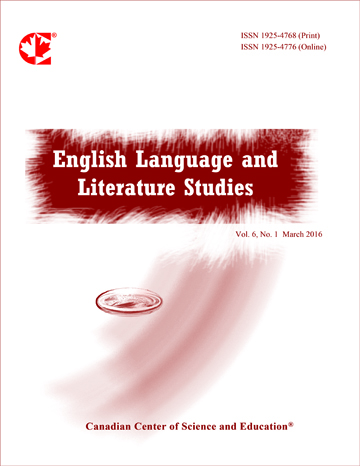Translating and Representing ‘The Aftermath of Daesh’: A Rhetorical Semiotic Study of Some Mosuli Artists’ Works
- Ismail Abdulwahhab Ismail
Abstract
Daesh has profoundly affected the psychological statues of Iraqis; they sacrificed thousands of souls and martyrs to liberate their country from a savage enemy. This study has, therefore, a psychological perspective. It tackles the reflections of agony, suffering and poverty in the behaviour of the artists, writers and translators.
Iraqi artists have represented their suffering and pains in their paintings. They encoded the symbols, colours and semiotic mosaics in association with rhetorical connotations.
Mosul is the city most affected by the terrorist acts during the war. Therefore, the study has selected four Mosuli artists who drew, painted and visually documented that period. Translation does not limit itself to the study and analysis of verbal/linguistic texts; it also tackles the extra-linguistic signs and codes of the source language to transfer them into the target language appropriately and in a way that seems intelligible to the readers or the spectators of these paintings.
The research questions are based on a set of issues: Are the teachers of translation able to construct a bridge between Iraqi society, European society and other societies? These paintings have socio-cultural symbols specific to Iraqi society. Are the teachers of translation able to come out from the shell of the linguistic texts and move towards the semiotic and visual texts?
- Full Text:
 PDF
PDF
- DOI:10.5539/ells.v9n2p33
